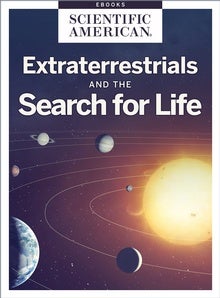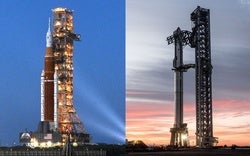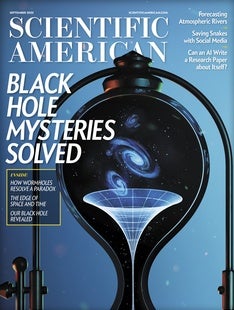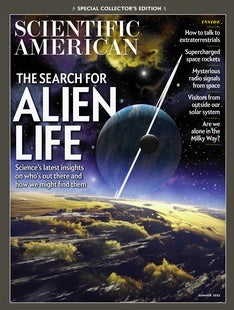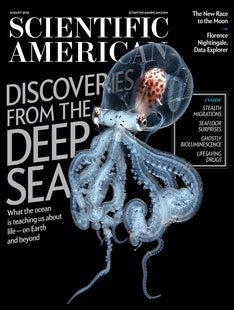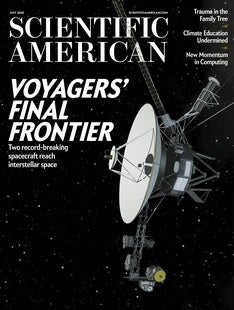 |
| August 25, 2022 |
Dear Reader,
This week, we're going to the moon*. Or next week, rather, with a launch attempt on Monday, August 29 for the Artemis I mission, the opening shot in NASA's long-sought lunar return. Our top stories preview Monday's launch and provide detailed context and perspective for the entire Artemis program—but stay tuned for ongoing coverage next week and beyond as Artemis I unfolds. Elsewhere, we have stories on planet-devouring stars, Earth's shortest day, the paradoxical innards of black holes, and more. Enjoy! *Technically, we (meaning NASA astronauts) won't go until 2025 or so, with the launch of Artemis III. But you know what I meant. |
| |
 |
| |
| |
| |
| |
| |
| |
| Black Holes Hawking, a Paradox and a Black Hole Mystery, Solved? We do not have a theory to tell us everything about how a black hole works, but new research is shedding a least some light on one of their many mysteries. |  | By Clara Moskowitz,Tulika Bose,Jeffery DelViscio | 07:46 | | | |
| |
| Astrophysics Understanding the Inner Workings of Stars [Sponsored] Conny Aerts is an astrophysicist and a pioneer of asteroseismology. This year she shared the Kavli Prize in Astrophysics for her research and leadership that has laid the foundations of solar and stellar structure theory, and revolutionized our understanding of the interiors of stars. |  | By Scientific American Custom Media | 09:47 | | | |
FROM THE STORE
 | | Extraterrestrials and the Search for Life Do aliens exist? The enduring mystery of whether we're alone in the universe is a question that continues to drive scientific study into groundbreaking directions. This collection examines the latest thinking in the search for life, from discussing why we haven't found evidence of aliens so far to determining where and how to conduct the search to opening up the possibilities for what otherworldly life could truly look like. |  | | |
| QUOTE OF THE DAY
 "For the past 30-plus years of my career, when we were talking about going back to the moon, we were always going back to stay. Because we were going to reduce the cost. And it was going to be sustainable. And we were going to have worthy things to do there. I don't feel like those pieces are in place yet." Lori Garver, former NASA deputy administrator | |
FROM THE ARCHIVE
 | | | |
LATEST ISSUES
 |
| |
| Questions? Comments?  | |
| Download the Scientific American App |
| |
| |



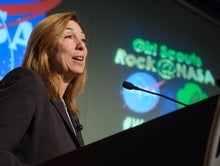
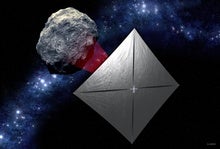
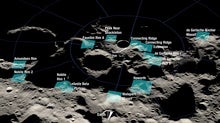
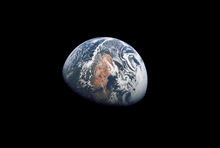
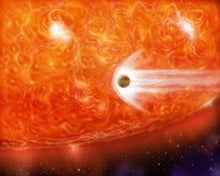


![Understanding the Inner Workings of Stars [Sponsored]](https://static.scientificamerican.com/sciam/cache/file/7ECF30A2-B5C3-4D74-85CDB7CD65E41F86_W220_Hauto.jpg)
